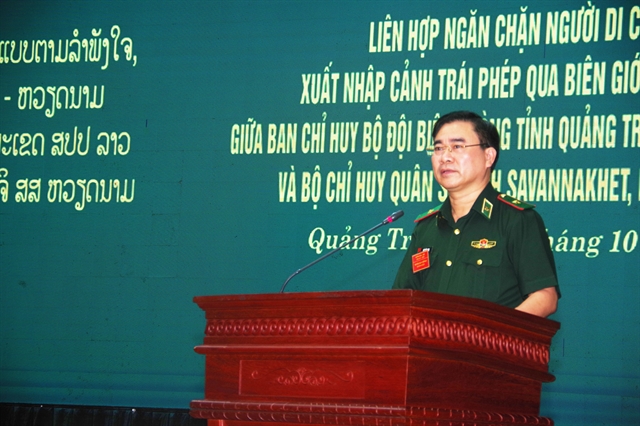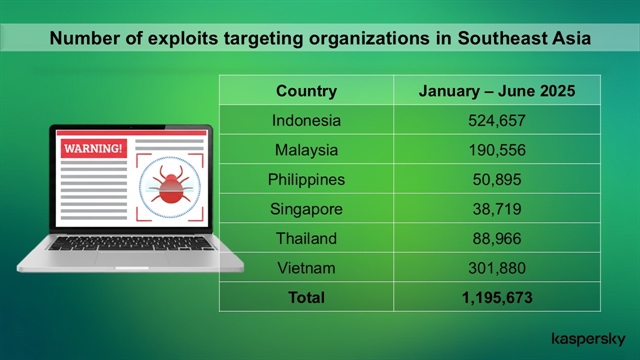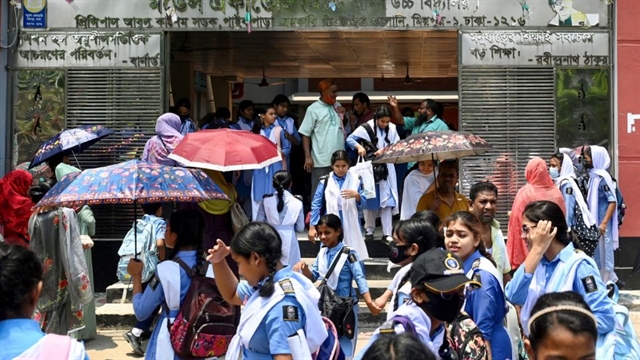 Opinion
Opinion
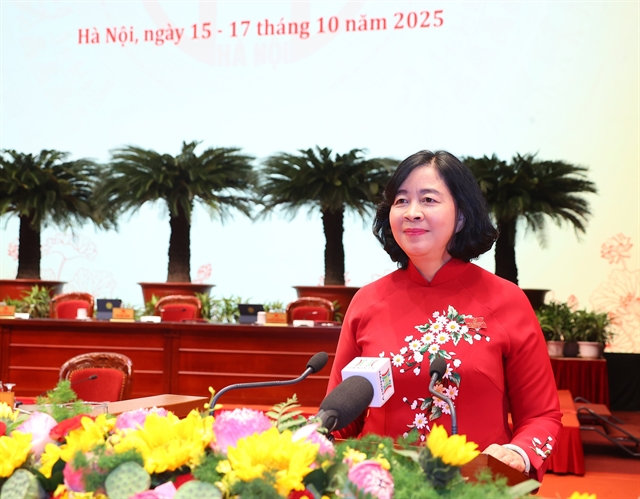
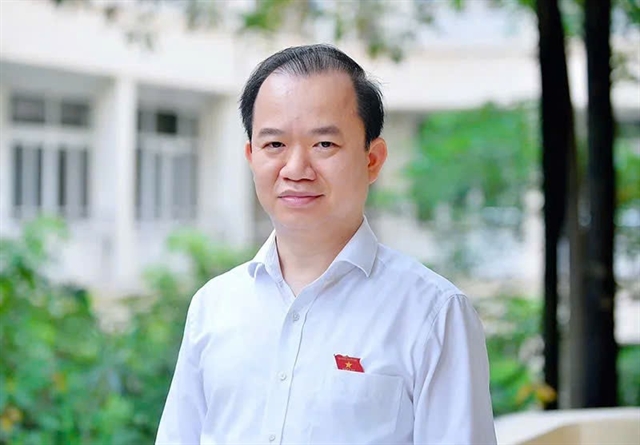 |
| Associate Professor Bùi Hoài Sơn, a member of the National Assembly’s Committee on Culture and Society. — Photo kinhtedothi.vn |
Associate Professor Bùi Hoài Sơn, member of the National Assembly’s Committee on Culture and Society, speaks to the Kinh tế & Đô thị (Economics & Urban Affairs) newspaper about Hà Nội’s conditions to become a leading cultural industry centre in Asia.
What does Hà Nội need to do to promote cultural development potential in the future?
Hà Nội is not only the capital in terms of administration and politics, but also the cultural heart of the country. With over 6,400 monuments, thousands of traditional festivals, 1,350 craft villages, along with countless intangible cultural values, Hà Nội is blessed with a 'cultural gold mine' that few cities in the region have.
The issue is not just how many heritages Hà Nội has, but how we awaken, preserve and develop these values in the new era.
To unlock its full cultural potential, Hà Nội needs a systematic, long-term and breakthrough development mindset, starting at the commune and ward levels – where the soul of heritage is kept and community memories and resident identities exist daily.
First, there must be a shift in cultural approach, not just preservation, but preservation for development, not just heritage, but a foundation for cultural industries, cultural tourism, humanitarian education and urban identity.
Second, we need to build cultural strategies at commune and ward levels based on the characteristics of each area. Where craft villages exist, develop handicraft tourism; where there are relics, plan experience spaces; where there is traditional folk art, support community playgrounds and teaching classes.
Each ward and commune must become a small cultural centre with its own identity, a well-planned investment scheme and connected to the overall development of the capital.
Third, investing in people – specifically cultural officers, artisans and local communities – must be prioritised. Without people 'breathing life' into heritage, all programmes will be rigid and lifeless. Residents must be enabled to participate actively in creating and preserving culture,
Fourth, Hà Nội needs a modern cultural ecosystem where cultural infrastructure, technology, data, media, education, training and the economy are synchronously connected. Each commune or ward cannot operate alone without being part of a larger supportive system. The municipal government must be the guide, so each locality can explore the valuable cultural treasure they hold, not just for today but for the future.
What direction does Hà Nội need to take to develop the cultural industry in the current context?
Developing the cultural industry is a major breakthrough and a promising direction for Hà Nội specifically and localities nationwide. Amid the local government’s two-tier model transition, this is also a golden opportunity for communes and wards to actively re-position their cultural roles, not only as the community's 'soul' but also as a new economic resource – a pillar of sustainable development.
Hà Nội – with its deep heritage, cultural diversity and large creative artist community – fully qualifies to become a top cultural industry centre in Asia. To achieve this, we must start from the grassroots. Communes and wards should not stand aside but become important links in the cultural industry value chain.
First, identify each locality’s distinct identity and advantages. Communes with craft villages should develop creative products linked to handicrafts; wards with relics can organise experiential and school-based activities; places with artisans can develop performance and teaching services. Each commune and ward should recognise their 'cultural code' to select a suitable industry.
Second, build mechanisms encouraging creativity and cultural entrepreneurship in the community. It is necessary to establish small creative spaces at the ward level, where young people can experiment with artistic ideas, media products and new cultural services.
Local authorities need to boldly shift from administrative management to development support, connecting young artists, creative businesses and local investors into a unified ecosystem.
Third, accelerate digital transformation and cultural media at the grassroots. Each commune and ward needs a plan to digitise heritage, organise cultural activities on digital platforms, participate in cultural-art marketplaces, thereby bringing local products to domestic and international markets.
The cultural industry is not only for large centres. From small wards and suburban villages – places with deep tradition and human resources – if properly stimulated, a local creative wave will form, contributing to making Hà Nội a pioneering, deeply integrated and culturally rich city.
What challenges does the cultural sector face in creating Hà Nội’s image?
I am very impressed by General Secretary Tô Lâm’s statement during the meeting with the Hà Nội Party Standing Committee, especially his profound and visionary sentence: “We are together creating Hà Nội’s image not just for today, but for the next century.”
This is not just a call to the Party Committee and authorities of Hà Nội but a strong message to the entire cultural sector. We face a task not only of development but of creating a new cultural stature for the thousand-year capital.
To achieve this, the cultural sector in Hà Nội must change its management mindset to one focused on designing and leading cultural development and using technology as a tool. Every cultural policy, investment project, public space and art event must embody the spirit of a capital not only living by heritage but leading in creativity.
Hà Nội’s cultural sector needs to proactively design a long-term development strategy that integrates preservation and development, tradition and modernity, community and business, culture and other sectors like education, tourism, technology and media.
At the same time, it must build mechanisms to develop cultural human resources at a suitable level for a special city, from artists, researchers, managers, to grassroots cultural workers – all must be trained to meet new demands.
Above all, Hà Nội’s cultural sector must awaken love for the city in every citizen so that they are not only beneficiaries but also creators, preservers and promoters of the capital’s image to the world.
Hà Nội is standing before an invaluable opportunity – the opportunity to become a genuine 'cultural capital' not only of Việt Nam but the whole region. This will not come from grand slogans but from strong transformation right at the commune and ward level, where every citizen lives in a cultural space, helping to create an innovative, attractive Hà Nội that endures through time. — VNS

